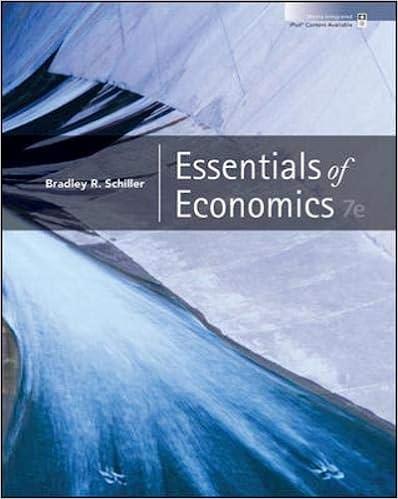Answered step by step
Verified Expert Solution
Question
1 Approved Answer
Please answer #3 Suppose, to begin, that an individual has a state sub-utility function given by: u( i ) = (1/) * e i where
Please answer #3
Suppose, to begin, that an individual has a state sub-utility function given by: u(i) = (1/) * ei where i denotes the income of that individual and > 0. Let 1 denote the probability that the individual is not caught for reckless driving and denote the probability that she is caught.

Step by Step Solution
There are 3 Steps involved in it
Step: 1

Get Instant Access to Expert-Tailored Solutions
See step-by-step solutions with expert insights and AI powered tools for academic success
Step: 2

Step: 3

Ace Your Homework with AI
Get the answers you need in no time with our AI-driven, step-by-step assistance
Get Started


